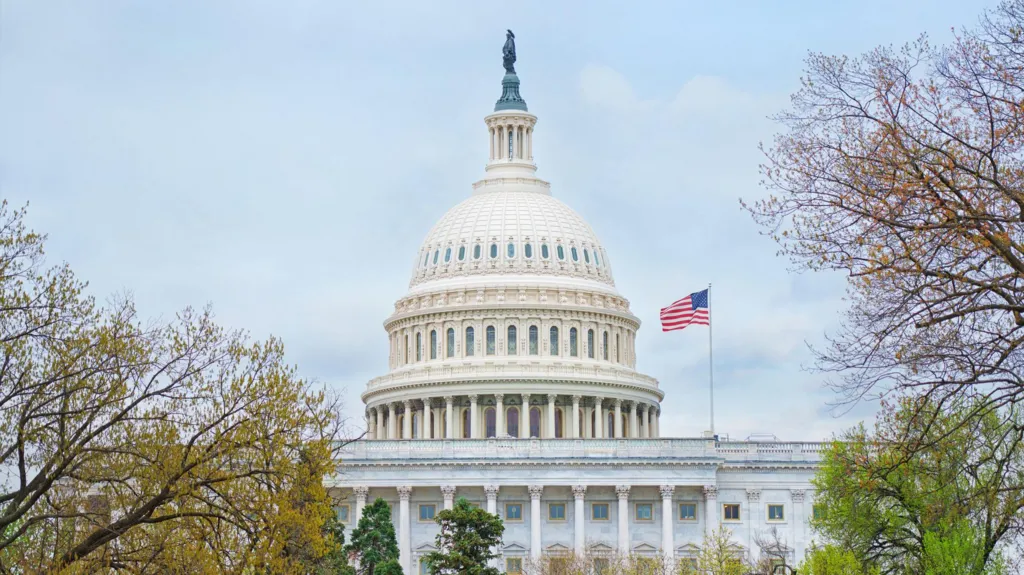Introduction
Very few presidencies in the history of American politics have been as divisive as that of Donald Trump. Since he took office in 2017 with a Republican majority in the House of Representatives and the Senate, Trump appeared perfectly positioned to advance his agenda at warp speed. This configuration party is often referred to as having "full control" of the government, and one party has the executive and legislative branches under their control, apparently an enviable position for any president. However, the system of checks and balances is so intricate and intrinsic to the United States government that even its most influential leaders hit substantial roadblocks. This piece explores the gameplay of Trump's governance, historical antecedents, and effects in the real world on claims that carry unfettered political control.
Historical Context
Judging from American history, several presidents led times of total government control. For instance, Franklin D. Roosevelt exploited Democratic majorities during the Great Depression to establish a far-reaching New Deal policy. Similarly, Lyndon B. Johnson exploited Democratic dominance to establish landmark civil rights legislation. But control has all too often been followed by overreach or backlash. Under Richard Nixon, there was such a sizeable Republican presence in the White House, but his presidency ended in scandal and resignation. Such cases throughout history remind us that control is not the same as unrestrained power, as the workings of the party, public opinion, and institutional checks more often than not temper a president's agenda.
Checks and Balances
Checks and balances were put in place by the Constitution's framers to avoid the situation where any one branch accumulates too much power. Even with congressional majorities, Trump's executive faces opposition from other directions. For example, the judiciary checks Trump's executive orders on different aspects, especially regarding immigration policy issues. The legislative branch was not unified, either: the Republicans who controlled it were divided into factions that could and did sometimes block Trump initiatives, like the initial failure to repeal and replace the Affordable Care Act. And then, of course, there are state governments, both democratic and republican, which also operate at cross purposes to federal authority. And then there is a larger, more intractable, form of bureaucratic inertia:.
Major Policies and Battles
In reality, the Trump administration had full nominal power but still faced intense opposition in most of the policy sectors:
Healthcare: Efforts to Repeal and Replace the Affordable Care Act, both within Republican ranks and through Democratic opposition, were marred by deep ideological divisions.
Immigration: Travel bans adopted under the administration sparked protests from all sides in courts, where they were blocked or partially dismantled.
Environmental Regulations: Efforts to reverse environmental protections were held up by litigation and vociferous public reaction, illustrating the conflict between economic considerations and environmental responsibility.
Tax Reform: Even if enacted, the Tax Cuts and Jobs Act of 2017 resulted in intense scrutiny and controversy, indicating the complexity of using the tax code as an instrument of fiscal policy.
Public Opinion and Media Narratives
There is an equally deep division in public opinion regarding Trump's governance. On the one hand, the population appreciates his forceful policy-making style. On the other hand, it seems to be worried about the degradation of democratic norms as far as this can be judged. The same situation is reflected in the media, as seen with several channels praising the efficiency and business sense that Trump has provided to the country. In contrast, others support fulminations against his divisive rhetoric and authoritarian characteristics. Personal opinions across social media and forums have been markedly disparate and reflect the polarized nature of current political discourse.
FAQs
What is total government control?
Full government control occurs when one party controls the presidency and huge majorities in both the House and Senate, making it easy for legislation that is favorable to its agenda.
Can the opposition stall Trump's agenda?
Absolutely. The opposition can use procedural machinations, public campaigns, and litigation to check and alter policies, even on minorities.
How does this impact foreign relations?
Trump's unilateral decision, especially in foreign policy, has made the traditionally operating in cooperation allies do things differently and attract criticism from all around the world, which indicates that implications created by governance in the country have a far reach.
Conclusion
While Donald Trump experienced a moment of total government control, this presidency highlights just how weak that power is within the structural framework of the US political system. Checks and balances, the dynamics of internal party politics, and public opinion can all be major afflictions in shaping policy outcomes. Long term, this era will prove that though one party may have a moment to dominate, democracy's enduring principles ensure a difficult road at best and often contentious to governance.



0 Comments